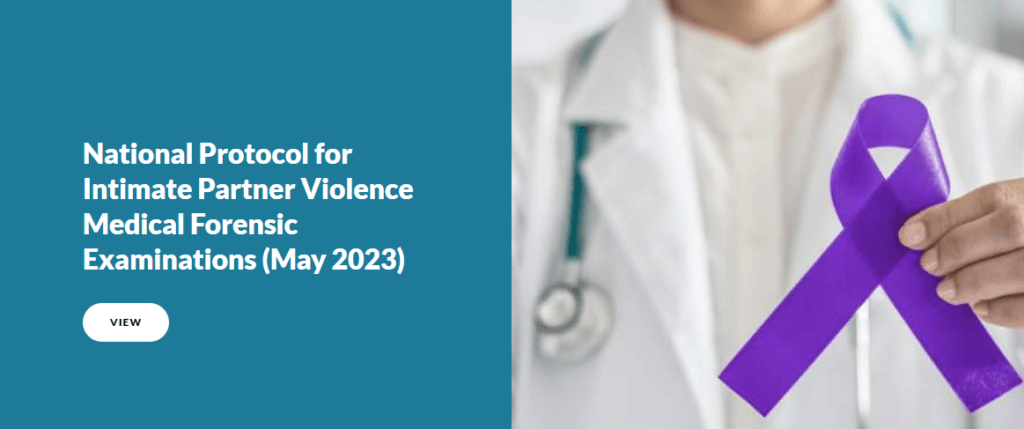What is Intimate Partner Violence (IPV)?
Any behavior meant to cause psychological, physical, or sexual harm within a personal relationship is defined as IPV. The exact type of behaviors, the rate at which they occur, and their impact are all variables. Statistically, within IPV, various types of abuse are intertwined and can lead to many economic, physical, and psychological consequences.
Types of Abuse
IPV is typically connected to other forms of abuse. Most cases of abuse don’t even begin with violence but with other behaviors present in the relationship. Common abusive behaviors exhibited in intimate partner relationships may include:- Psychological abuse — Often termed verbal or emotional abuse, the abuser may use verbal or nonverbal means to isolate, frighten, or exhibit control over the abused. This is often done with gaslighting, saying, and doing things to harm the other person emotionally or mentally through manipulation.
- Sexual violence — This is the attempt or act of touching, non-physical communication or attempting to force someone into taking part in any sexual acts against their will.
- Physical aggression/violence — This is often not the first type of violence or abuse to be noticed, but it may be the first type of abuse the victim notices. Behaviors may include throwing items, punching walls, breaking things, hitting, kicking, or any other form of physical force against another person.
- Stalking — This describes repeated unwanted attention by someone that causes one to feel fearful or question their safety.

Impact
More than 60 million women and 50 million men in the U.S. have reported psychological aggression by a partner. Worldwide, approximately 38 percent of murders are committed by a male partner, and up to 852 million women report being abused. Of the nearly 5,000 female victims of murder and non-negligent manslaughter in 2021, 34 percent were killed by an intimate partner. Other consequences of IPV include: Mental Health- Anxiety
- Depression
- PTSD
- Insomnia/sleep difficulties
- Suicidal ideation
- Dizziness
- Headaches
- Stroke
- Traumatic brain injury
- Arterial dissection
- Higher incidences of alcohol consumption, smoking, intravenous drugs or generalized substance use
- Chest pain
- Hypertension
- Hyperlipidemia
- Heart disease
- Diabetes
- Pelvic pain
- Dyspareunia
- Vaginal infections (recurrent)
- Pregnancy (unintended/unwanted)
- Higher risk of labor and birth adverse outcomes, such as preterm birth or low birth weight
- Cervical cancer
- Increased risk of sexually transmitted infections (STIs)
- Human immunodeficiency virus (HIV)
- Chronic pain
- Liver failure
- Musculoskeletal problems
- Kidney and/or urinary problems
- Respiratory illnesses
- Gastrointestinal conditions
- Fibromyalgia

Healthcare Response
The needs of the patient experiencing IPV will vary from patient to patient. This may differ from what a clinician may expect to see or be prepared to offer during the patient encounter. Healthcare professionals, however, must educate themselves on IPV, their state-specific laws regarding IPV, mandated reporting requirements, and available resources to provide to patients that choose to accept them when they come through the doors of a clinical setting.National Protocol
Clinicians will encounter patients experiencing IPV in all clinical settings. The National Protocol for Intimate Partner Violence Medical Forensic Examinations provides guidance and tools for all clinicians when caring for patients that disclose experiencing intimate partner violence. The U.S. Department of Justice Office on Violence Against Women (OVW), in partnership with the International Association of Forensic Nurses (IAFN), recently released the landmark National Protocol for Intimate Partner Violence Medical Forensic Examinations. This is the first evidence-based guidance with best practice recommendations for clinicians in various settings. It can be used to develop policies and procedures regarding intimate partner violence medical forensic examinations. An interactive version of the protocol, with ready-to-use tools and expanded resources, is available here. A Medical forensic examination should be offered to all patients experiencing IPV, not limiting the exam to only those that experience sexual assault or strangulation as an incident of their abuse. The medical forensic examination is a comprehensive assessment that prioritizes the patient’s health and well-being while planning for or preserving information for potential use by the legal system. Components of a medical forensic examination include:
A Medical forensic examination should be offered to all patients experiencing IPV, not limiting the exam to only those that experience sexual assault or strangulation as an incident of their abuse. The medical forensic examination is a comprehensive assessment that prioritizes the patient’s health and well-being while planning for or preserving information for potential use by the legal system. Components of a medical forensic examination include:
- Gather a forensic medical history
- Complete physical assessment
- Treatment of injuries
- If there are other healthcare concerns, be sure to address each and provide the necessary care
- Gather samples for evidence
- Photo Documentation of findings
- Written documentation of the patient’s encounter
- Safety planning, discharge instructions that include targeted referrals tailored to meet the patient’s needs
